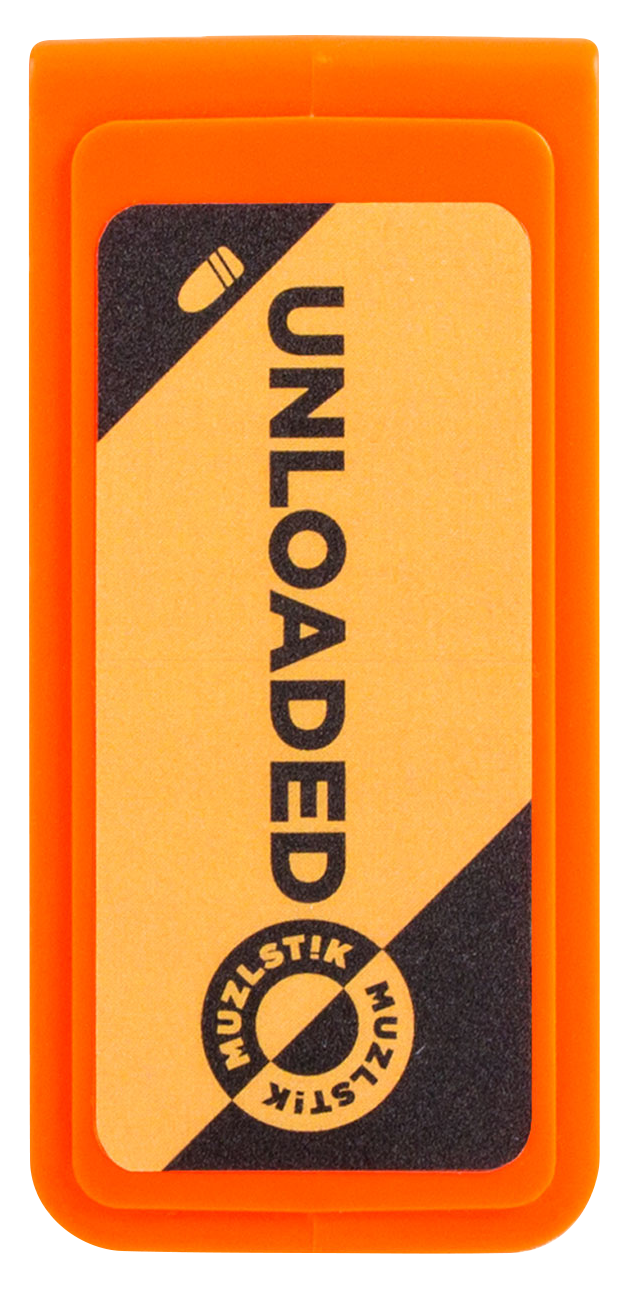When it comes to safeguarding their homes and loved ones, many Americans turn to shotguns as reliable and effective defenses. The advantages of having a home defense shotgun are numerous, making it a popular choice for those looking to protect their property and family during a break-in or emergency. There are three advantages to using a shotgun for home defense.
1. Stopping Power: Shotguns are known for their ability to deliver a devastating blow to intruders, incapacitating them and providing a strong deterrent against any further threats.
2. Quick Aiming: In a high-stress situation where split-second decisions can make all the difference, having a firearm that is easy to aim under duress yet effective is a great choice—especially for those who have not had extensive handgun training.
3. Intimidation: Studies show that shotguns have a more visceral effect on people than handguns or rifles.
It's important to remember that with the power of a shotgun, there also comes a great responsibility. Gun owners must prioritize safety, ensuring their firearms are stored securely and handled with utmost care. This is where the concept of using a barrel flag to mark a loaded shotgun in a safe becomes crucial. A barrel flag is a simple yet effective tool that can help quickly identify the status of a firearm as LOADED, especially in low-light conditions or high-stress situations.
By using a brightly colored barrel flag to mark a shotgun in a safe, homeowners can quickly distinguish between a firearm that is ready to use and those that are not. This simple yet effective tool can prevent accidents and confusion, allowing homeowners to access their home defense shotgun with confidence and efficiency when it matters most. The ease of implementing this tool reassures homeowners that they can increase their readiness and preparedness in the face of potential threats.
Owning a home a defense shotgun can offer invaluable protection and peace of mind for homeowners seeking to fortify their security. By combining the advantages of a shotgun's stopping power with the safety and convenience of a barrel flag system, gun owners can confidently defend their homes while minimizing the risks associated with firearm ownership. Stay safe, stay prepared, and above all else, prioritize safety!







